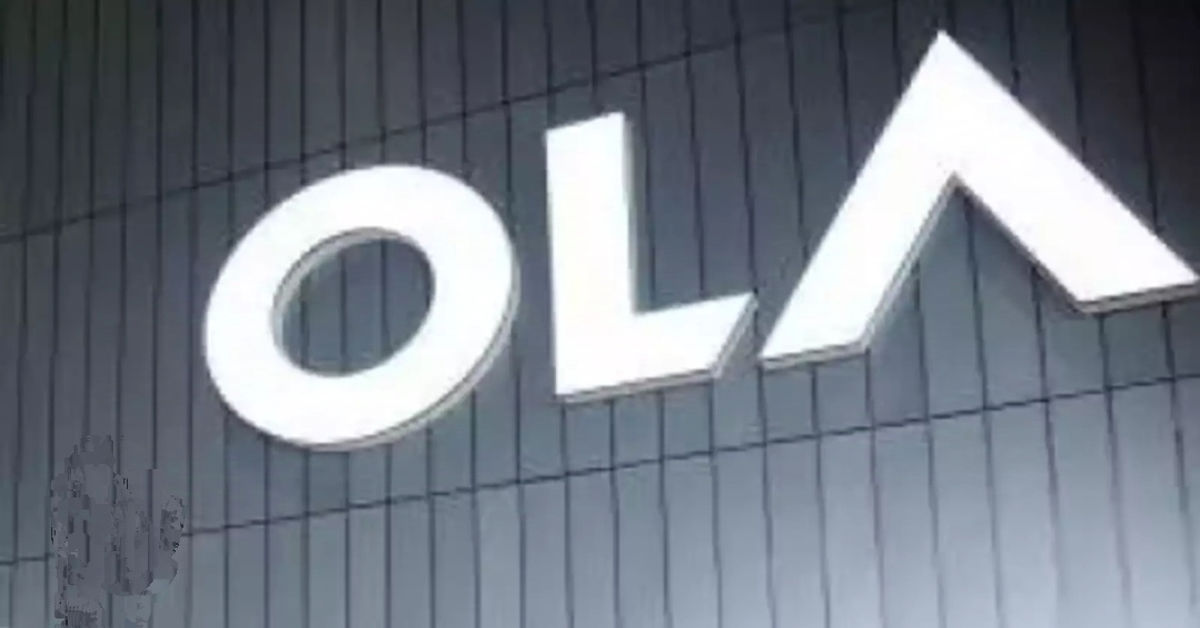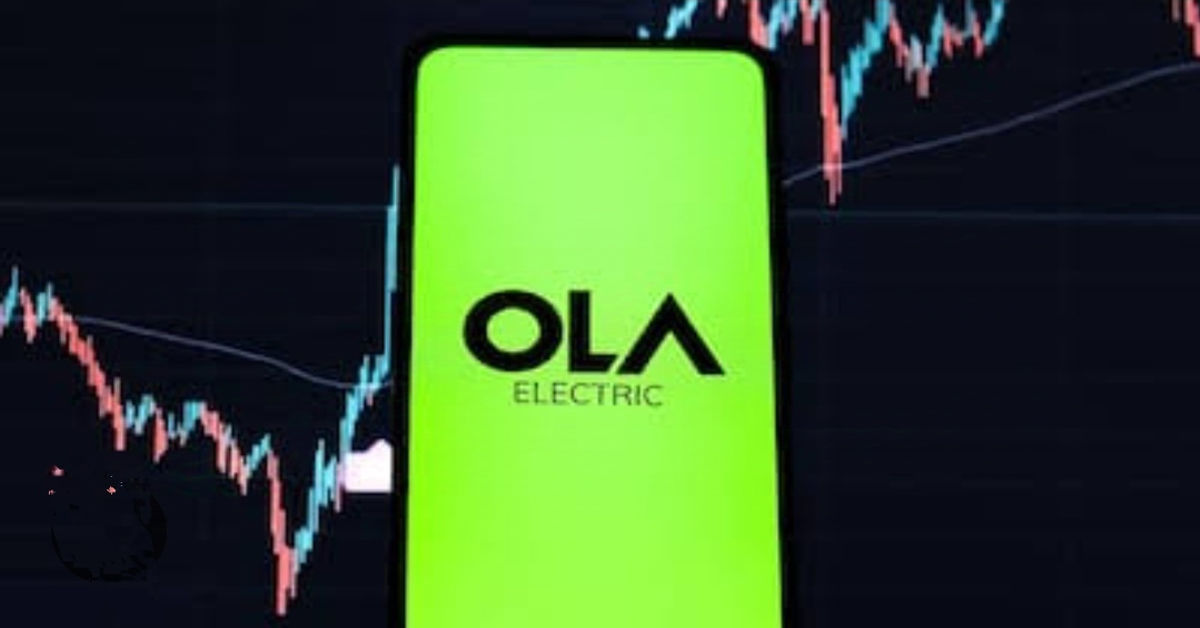Ola Electric has been a prominent name in the Indian electric vehicle (EV) market, primarily due to its ambitious vision to revolutionize urban transportation with sustainable solutions. However, recent developments have sent shockwaves through the market as the company’s shares slipped by 4%, falling below the critical threshold of ₹100 for the first time since their listing. This article aims to explore the factors contributing to this decline, its implications for the company, the broader EV market, and what it could mean for investors and stakeholders moving forward.

Background on Ola Electric
Founded in 2017 as a subsidiary of the Ola cab aggregator, Ola Electric set out with a mission to build electric vehicles that cater to the diverse needs of Indian consumers. The company initially gained traction with its electric scooters, particularly the Ola S1 and S1 Pro, which were launched amidst a growing demand for eco-friendly transportation solutions. The allure of high performance, modern design, and affordability attracted considerable interest from consumers and investors alike.
Ola Electric’s entry into the public market was met with significant enthusiasm. Investors were buoyed by the company’s prospects in a rapidly evolving sector that is expected to witness exponential growth in the coming years. During its initial listing, Ola Electric shares surged, reflecting investor optimism and the increasing focus on sustainable transport solutions in India.
The electric vehicle market in India has been projected to grow due to various factors, including government incentives, increasing fuel prices, and rising environmental awareness among consumers. These trends initially placed Ola Electric in a favorable position, prompting expectations of robust sales and growth.
Recent Decline in Share Price
Despite the initial euphoria, Ola Electric’s shares have recently experienced a sharp decline, slipping 4% and falling below ₹100. This drop has raised alarms among investors and analysts, leading to questions about the company’s financial health and future prospects.
Factors Contributing to the Decline
- Market Sentiment: The overall market sentiment towards EV stocks has been volatile, influenced by various global economic factors such as inflation, rising interest rates, and supply chain disruptions. Investors may have become wary of the high valuations associated with EV companies, leading to a sell-off.
- Increased Competition: The Indian EV market has seen an influx of new players, each vying for market share. Traditional automotive manufacturers are increasingly entering the electric space, intensifying competition. This saturation can lead to price wars, impacting margins and profitability.
- Production Challenges: Ola Electric has faced challenges in ramping up production to meet the burgeoning demand for its scooters. Delays in production can frustrate consumers and impact sales figures, thereby affecting investor confidence.
- Regulatory Environment: Changes in government policy regarding EV subsidies and incentives could affect consumer purchasing decisions. A reduction in incentives or changes in tax benefits may deter potential buyers, leading to decreased sales.
- Consumer Sentiment: While there is significant interest in electric vehicles, consumer adoption is still at a nascent stage in India. Concerns regarding charging infrastructure, battery life, and overall vehicle performance can hinder sales.
Implications of the DeclineThe slip below ₹100 is more than just a numerical milestone; it has significant implications for Ola Electric and its stakeholders:
- Investor Confidence: A decline in share price can erode investor confidence. Many investors look at share prices as indicators of a company’s health. If the trend continues, it could lead to increased scrutiny from analysts and potential downgrades from rating agencies.
- Funding Challenges: As a growing company, Ola Electric requires substantial capital to fund its operations and expansion plans. A declining stock price can make it more difficult and costly to raise funds through equity markets.
- Impact on Brand Image: Public perception can be adversely affected when share prices fall. Stakeholders, including consumers and partners, may question the company’s stability and future prospects, which can impact sales and collaborations.
- Strategic Reassessment: The management may need to reassess its strategic goals, focusing on operational efficiencies, enhancing production capabilities, and potentially exploring new markets to stabilize and grow the business.

Read this post also: Ola Electric: Navigating Challenges in a Competitive Landscape
The Broader EV Market Landscape
Ola Electric’s struggles are not unique but reflective of broader challenges facing the Indian EV market. As the market matures, various factors will shape its trajectory:
- Government Initiatives: The Indian government has set ambitious targets for electric vehicle adoption, aiming for 30% of all vehicles sold by 2030 to be electric. Continued support and favorable policies will be crucial for the growth of the sector.
- Charging Infrastructure: The expansion of charging infrastructure is critical for enhancing consumer confidence in EVs. Collaborative efforts between the government and private players will be necessary to build a robust network of charging stations across urban and rural areas.
- Technological Advancements: The pace of technological advancements in battery technology, vehicle design, and manufacturing processes will influence the competitive landscape. Companies that can innovate and improve efficiency will likely emerge as leaders in the space.
- Sustainability Trends: As consumers become increasingly aware of sustainability issues, there is a growing demand for eco-friendly transportation solutions. Companies that align their offerings with consumer values will likely benefit from increased adoption.
What Lies Ahead for Ola Electric
While the recent dip in share price is concerning, it is essential to consider the long-term prospects for Ola Electric. The company has several strategies it can pursue to regain momentum:
- Enhancing Production Capabilities: Investing in production facilities and optimizing supply chain logistics can help Ola Electric meet growing demand more effectively.
- Diversifying Product Offerings: Expanding the product range to include electric bikes, commercial vehicles, and other forms of transportation could capture a broader market share and mitigate risks associated with relying solely on scooters.
- Focus on Customer Experience: Building a strong customer support network and ensuring a seamless buying experience can foster brand loyalty and encourage word-of-mouth referrals.
- Strategic Partnerships: Collaborating with technology firms and energy providers can enhance Ola Electric’s capabilities in areas like battery technology and charging infrastructure.
- Market Education: Educating consumers about the benefits of electric vehicles and addressing common concerns can help increase adoption rates. Marketing campaigns highlighting the advantages of EVs, including cost savings and environmental benefits, could be impactful.

